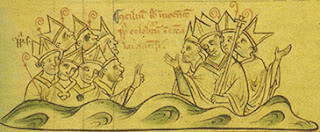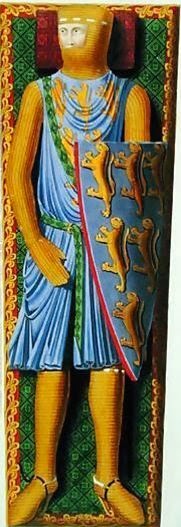In the third year of Leo's reign as emperor, he came to know the daughter of one of his retainers. The woman was Zoe Zaoutzaina; her father, Stylianos Zaoutzes, was a Macedonian-born official whose surname refers to him having a dark complexion. In contemporary records, he is referred to as "the Ethiopian" because of his color. Stylianos was well-respected in the imperial court. Leo was interested in Zoe.
Zoe, however, was married to a lower-grade court official named Theodore, of whom we know very little. History says that Theodore was poisoned, and the suggestion hinted at by chroniclers was that Leo was somehow involved. At any rate, contemporary historians say that Leo started an affair with Zoe in his third year, although Leo denied it.
In the seventh year of Leo's reign, Theophano retired to a monastery outside of Constantinople. She was known to be very devout, and the choice may well have been hers, but the chroniclers hint that it may have been deliberate on Leo's part. The marriage was not dissolved, but Zoe was now officially considered (and treated as) Leo's mistress and a royal consort.
Her new status benefitted her father. Leo "promoted" him with the title basileopator, "father of the emperor," a grand title for someone who was technically not even a father-in-law. She bore Leo a daughter, Anna, who was married to the king of Provence, Louis the Blind, who became Holy Roman Emperor.
Zoe died in 899 and was buried in the Church of the Holy Apostles, where Theophano and Leo himself were buried, as well as Leo's third wife. Oh yes, Leo got over his grief at losing Zoe. He needed a son, so marrying again was imperative. Whether he succeeded in having someone to whom he could leave the empire will be tomorrow's topic, after we talk about his relationship with his father.



















